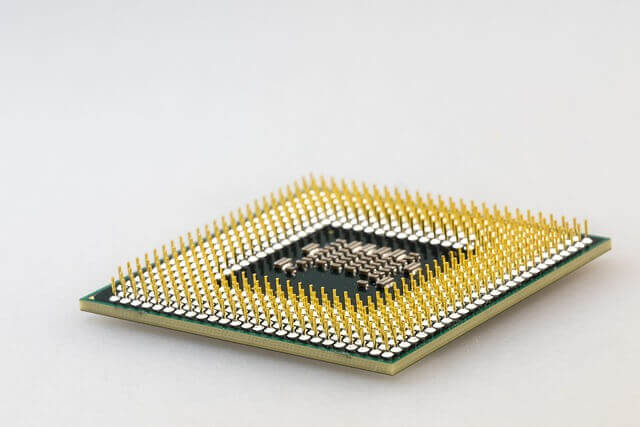Well Known Examples of firmware cyberattacks
- Stuxnet: Stuxnet was a complex worm that targeted industrial control systems, specifically the Programmable Logic Controllers (PLCs) used in nuclear facilities. It is believed to have been developed by the US and Israeli governments, and was designed to sabotage the centrifuges used in Iran’s nuclear program. Stuxnet was able to exploit vulnerabilities in the firmware of the PLCs, allowing it to take control of the centrifuges and cause them to malfunction.
- BadUSB: BadUSB is a firmware attack that exploits the inherent trust we have in USB devices. A hacker can modify the firmware on a USB device to make it appear to be a keyboard or other input device, allowing them to inject malicious commands into a computer without the user’s knowledge.
- Rowhammer: Rowhammer is a firmware attack that exploits a hardware vulnerability in certain types of computer memory. By repeatedly accessing specific rows of memory, an attacker can cause bit flips in adjacent rows, potentially allowing them to bypass security measures and gain control of the system.
- Blue Pill: Blue Pill is a firmware attack that exploits the virtualization capabilities of modern CPUs. By modifying the firmware of the CPU, an attacker can create a “virtual machine” that runs inside the real machine, allowing them to hide their presence and control the system from the inside.
- Equation Group’s GrayFish: GrayFish is a firmware implant developed by the Equation Group, a hacking group believed to be affiliated with the US National Security Agency (NSA). GrayFish is designed to be hidden in the firmware of a computer’s hard drive, allowing it to persist even if the operating system is reinstalled. Once installed, GrayFish can be used to monitor and control the infected system.
Want to learn firmware security from Industry Experts? Contact us today.
Key Challenges in Firmware Security
Firmware security poses several unique challenges that can make it difficult to secure. Firmware is the software that is permanently stored in a device’s non-volatile memory, and it is responsible for managing the device’s hardware and low-level functions. Here are some of the key challenges associated with securing firmware:
- Limited resources: Firmware often runs on devices with limited computing power and memory, making it challenging to implement sophisticated security features.
- Hidden code: Firmware is not typically accessible to end-users, and it is often encrypted or obfuscated to prevent reverse-engineering, making it difficult to analyze and identify vulnerabilities.
- Lack of update mechanisms: Many devices have limited or no mechanisms for updating firmware, making it challenging to fix vulnerabilities or patch security flaws.
- Supply chain attacks: Firmware is often developed by third-party vendors, and it may be vulnerable to supply chain attacks, where attackers compromise the firmware during the manufacturing or distribution process.
- Legacy systems: Many devices, particularly in industrial or critical infrastructure settings, may have firmware that is decades old and difficult to update, making it vulnerable to new security threats.
- Complexity: Firmware often interacts with many different hardware components, making it challenging to ensure that all components are secure and free from vulnerabilities.
- Inadequate testing: Testing firmware for security vulnerabilities can be difficult, and there may be limited resources available to carry out comprehensive testing.
To address these challenges, it is essential to have a comprehensive approach to firmware security, which includes secure development practices, regular vulnerability testing, and the ability to update and patch firmware as needed. It is also important to carefully vet third-party vendors and ensure that they have adequate security measures in place. Additionally, organizations should be prepared to replace legacy systems that cannot be adequately secured.
Get a Cybersecurity Mentor To Upscale Your Career Path? Contact us today.



